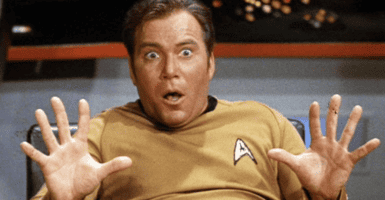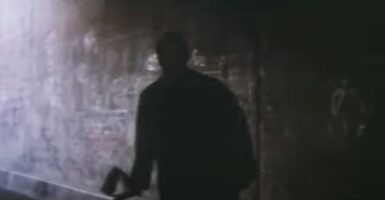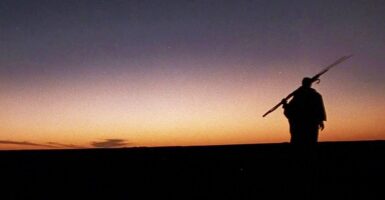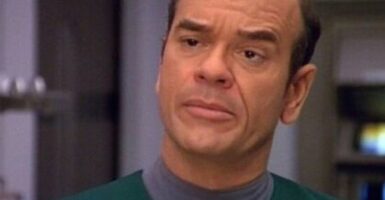The Host Featurette Explores Director Andrew Niccol’s Vision
This article is more than 2 years old
Upcoming science fiction adventure The Host may have originated in the mind of author Stephenie Meyer, she of Twilight fame, but the film, or at least large portions of it, are the result of director Andrew Niccol’s singular vision. The newest behind-the-scenes featurette for the film digs into how he envisioned and went about creating the futuristic world of The Host.
Niccol has a good amount of science fiction experience, with films like Gattaca and In Time under his belt, and from the look of this video, that came in handy when setting up this film.
In The Host, an alien race called Souls have invaded Earth and occupied almost every last human body. Melanie Stryder (Saoirse Ronan) is one of the few remaining independent humans, and part of the underground resistance. When she is captured and a Soul called Wanderer attempts to take over her body, her mind fights back.
This story is set in a world where the populace is a peaceful, harmonious, homogenous group, and the environment is full of sleek buildings, cool cars, and sharp white suits. According to Meyer, her story was more centered on building the characters and relationships rather than the day-to-day details of the universe, while all of the visual style springs from Niccol’s mind. It doesn’t hurt that he also adapted the script.
Clean lines and tidy surroundings of the Soul’s cities stand in direct contrast to that of the humans. Survivors are rough and dirty, at least in a sexy, teen romance kind of way—they’re honestly pretty clean for folks who live in caves.
The latest video gives you an idea of the scope of the film, and provides a look at the combination of CGI, sets, and locations that create the final images you’ll see on screen. For example, the caves are a combination of massive Styrofoam constructions with digital effects inserted when necessary.
The Host invades theaters March 29th, and also stars Jake Abel, Max Irons, William Hurt, Diane Kruger, Chandler Canterbury, and Boyd Holbrook.












